Tag Archives Manure
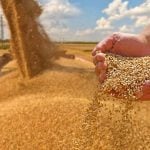
Great Lakes YEN wheat yields top 115 bushels per acre in 2025
Michigan grower sets new Great Lakes YEN record with 182.6-bushel wheat yield
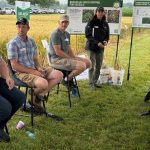
Ontario growers share initial YEN learnings
Three participants in the Great Lakes Yield Enhancement discuss their goals for enhancing winter wheat production
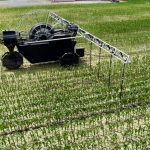
Considerations for the right place for manure
OMAFRA Field Crop Report for the week of July 8

Dutch farmer separates nitrogen from manure to fertilize crops
Process reduces manure hauling, produces usable heat and electricity for Dutch farm

Recycling livestock manure into clean water and nutrients
A technology that separates the liquid and solid components of manure allows farmers to benefit from its value
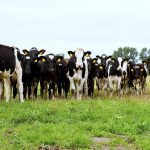
Editorial: Livestock has a sustainability role, too
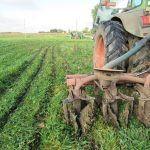
Get to know your manure with a manure analysis
OMAFRA Field Crop Report for the week of July 24
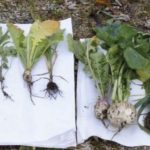
Maximizing nitrogen availability with manure and cover crops
Considerations for nitrogen availability timing in corn

How biogas can fit with a sustainable agriculture strategy
The potential is huge, but policies must make sense

Passion for soil health drives Ontario innovator
On-farm innovation award winner has developed not one but two useful systems to help farmers


